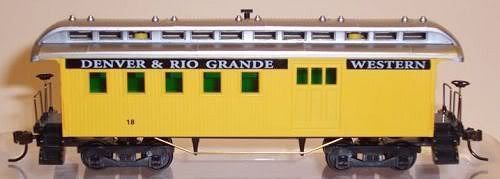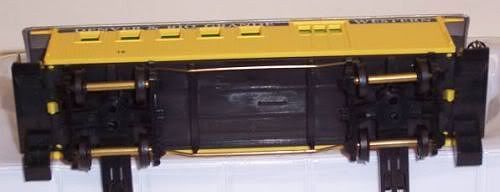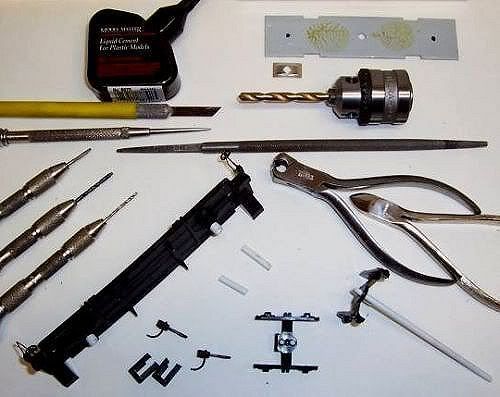The way you operate your model railroad might be related to whether your brain is left dominant or right dominant. After several tests, I am about 66% left dominant, slightly more analytical than artistic.
This means I enjoy building and bashing, but have a slight problem with the fine details and painting. I also prefer to run my trains counter-clockwise, with a slight leaning to realistic operations. This presents a slight conflict, as my space constraints require significant selective compression and certain compromises. I am more concerned with such aspects as logistics, practicality, durability and efficiency than I am with appearances. I would probably have been successful operating a real railroad.
First, spend about 10 minutes on this visual test. Most people will see the dancer rotating counter-clockwise. My first perception was clock-wise but I was able to immediately change the direction due to the dominant influence.
http://www.news.com.au/perthnow/story/0,21598,22492511-5005375,00.html
Next, take the Hemispheric Dominance test. Don't cheat on this, answer on your first impulse or impression. After you get your score, click the link at the bottom for an explanation of the influences. Some minor adjustments might help you to have more enjoyable railroad experiences.
http://www.web-us.com/brain/braindominance.htm
Have fun, but don't take it too seriously.
This means I enjoy building and bashing, but have a slight problem with the fine details and painting. I also prefer to run my trains counter-clockwise, with a slight leaning to realistic operations. This presents a slight conflict, as my space constraints require significant selective compression and certain compromises. I am more concerned with such aspects as logistics, practicality, durability and efficiency than I am with appearances. I would probably have been successful operating a real railroad.

First, spend about 10 minutes on this visual test. Most people will see the dancer rotating counter-clockwise. My first perception was clock-wise but I was able to immediately change the direction due to the dominant influence.
http://www.news.com.au/perthnow/story/0,21598,22492511-5005375,00.html
Next, take the Hemispheric Dominance test. Don't cheat on this, answer on your first impulse or impression. After you get your score, click the link at the bottom for an explanation of the influences. Some minor adjustments might help you to have more enjoyable railroad experiences.
http://www.web-us.com/brain/braindominance.htm
Have fun, but don't take it too seriously.







